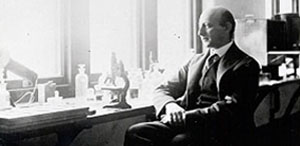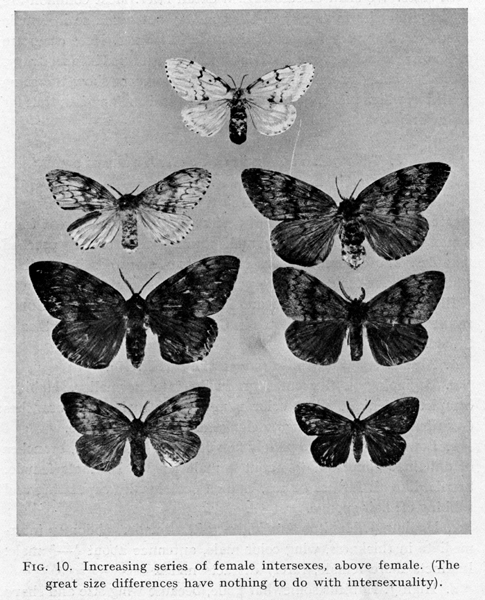Richard Goldschmidt's Heresies

Richard Goldschmidt is one of the most controversial and enigmatic figures in twentieth century biology. During a career that stretched from 1900 to 1958, Goldschmidt became known as one of the top biologists in the world by producing groundbreaking studies of sex determination, gene action, evolution, and geographic variation. After he was forced to leave Nazi Germany in 1936, however, he also produced incredibly controversial theories denying both the existence of the gene and the possibility of gradual evolution of new species. Rather than fade into obscurity after his death, Goldschmidt’s work and reputation have persisted, even flourished, in the last half of the twentieth century. Taking their cues from his contemporary opponents, prominent biologists in the last thirty years have reinforced Goldschmidt’s reputation as a biological heretic. Indeed, adopting the label of “Goldschmidtian” was a crucial aspect of Stephen Jay Gould’s strategy for advocating the novelty of his own theory of punctuated equilibrium in the 1980s. Scientific Creationists have likewise rallied around Goldschmidt’s heretical reputation as evidence for an oppressive evolutionary orthodoxy. In the last ten years, as evolutionary developmental biology has experienced a resurgence, Goldschmidt’s reputation and even his theories of “hopeful monsters” have become a common gauntlet thrown down as a rhetorical flourish, a scientific challenge, and a signifier of non-conformity.


